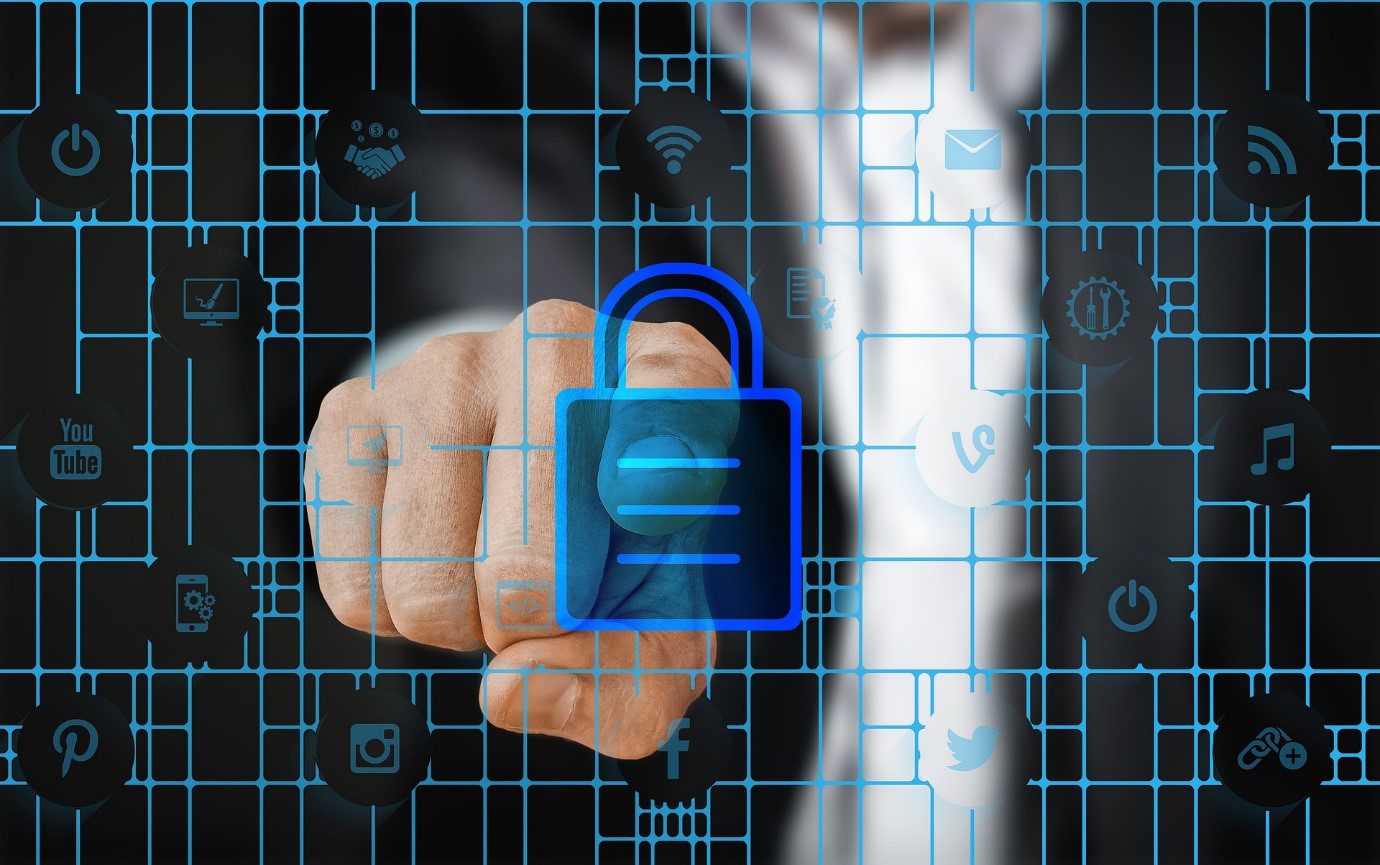Today’s businesses rely on software as their foundation – it’s the backbone of their operations. But with so much data and sensitive information stored in these applications, they must be secure. This blog post will outline some best practices for protecting your SaaS apps against cyber-attacks. We’ll discuss password management, malware detection, and security logging. Following these tips ensures that your SaaS apps are safe and protected from malicious actors.
Why do Companies Need Cybersecurity?
1. Cybersecurity is essential to protect your company’s data and assets from unauthorized access or theft.
2. Cyber-attacks can compromise the security of your systems, causing significant damage and loss.
3. By taking measures to secure your SaaS apps, you are also protecting yourself against potential cyber-attacks by competitors or criminals who may attempt to steal information or intellectual property.
4. Cybersecurity also helps to protect your company’s reputation and image.
5. Many companies have strict regulations in place regarding the protection of data and intellectual property, so ensuring that your SaaS applications are secure is essential to compliance.
6. Cybersecurity measures help improve your company’s efficiency and operations.
7. Cybersecurity is ongoing and requires continuous attention and vigilance to maintain optimal security.
8. One of the most critical aspects of cybersecurity is password management. Please ensure all user passwords are complex and unique, and never share them with anyone else. Store passwords in a secure location outside of your applications’ access controls.
9. Use robust authentication methods such as two-factor authentication (2FA) to ensure that only authorized users can access sensitive data. 2FA can be enabled for both user accounts and application services.
10. Be sure to report any suspicious activity or attacks immediately to your IT department so that they can take appropriate measures.
11. Cybersecurity is an essential part of maintaining a positive corporate culture. You are encouraging employees to protect the company’s data by taking proactive steps to secure your SaaS applications.
12. Finally, cybersecurity measures can help prevent system failures that could lead to further incidents or data loss.
SaaS Security Issues
1. Cross-Site Scripting (XSS):
A common vulnerability in SaaS applications is cross-site scripting (XSS), an attack that allows malicious actors to inject script code into web pages viewed by other users. This can allow attackers to hijack user accounts or infect systems with malware.
2. Injection flaws:
Injection flaws are another common vulnerability in SaaS applications. These flaws allow attackers to inject malicious code into SaaS applications to exploit vulnerabilities or gain access to sensitive data.
3. Broken authentication and session management:
Broken authentication and session management can also lead to unauthorized access, attacks against systems, and even theft of data. Poorly implemented security measures can allow users without proper authorization access to SaaS apps or the underlying systems on which they run.
4. Cross-site request forgery (CSRF):
Fraudulent activity occurs when a user’s web browser is tricked into acting on behalf of another user. For example, a CSRF attack could hijack accounts or steal data.
5. Insecure public-facing resources:
Public-facing resources, such as website banners and e-commerce shops, can offer attackers easy access to your SaaS applications and sensitive data. By mistake or through intentional actions by criminals, these resources may be accessible to anyone with access to the internet.
6. Insufficient logging and monitoring:
With adequate logging and monitoring mechanisms, it can be easier to track down security and system performance issues. This can make identifying attacks or suspicious activity challenging, leading to a greater vulnerability in your systems.
7. Insufficient security controls:
In addition to the above vulnerabilities, insufficient security controls can lead to unauthorized access, data theft, and system compromise. Poorly implemented firewalls and intrusion detection systems (IDS) may allow unauthorized users access to sensitive data or systems. Inappropriate user authentication mechanisms could also leave your SaaS applications vulnerable to attacks by malicious insiders or outsiders with valid credentials.
8. Inconsistent security posture:
A poorly-maintained or non-existent security posture can lead to vulnerabilities in your SaaS applications and systems. By not taking measures to protect your data, infrastructure, and customers from potential threats, you may expose yourself and your business to significant risks.
9. Inadequate information security management processes:
Poor information security management (ISMP) practices can lead to decreased system availability, increased risk of data breaches, and a lower level of trust among users. ISMP includes policies and procedures related to the identification, assessment, prevention, detection, and response to incidents relating to information security.
10. Insufficient budget:
To protect your SaaS applications and systems from the risks outlined in this article, you must set aside funds for information security enhancements. This may include hiring a professional consultant or implementing an information security policy and procedure manual.
Best Practices on SaaS Security
1. Implement a layered security approach:
A layered security approach includes erecting multiple layers of defense to protect your data, infrastructure, and customers from potential threats. To best protect your SaaS applications, you must take into account the following layers of protection:
2. Assess user risk:
To identify and mitigate user risk, you must first assess who is accessing your SaaS applications. This includes understanding their job function, need for access to the application, and any associated privileges or permissions.
3. Implement authentication and security measures:
Authentication involves verifying that a user is who they claim to be. Security measures involve implementing policies and procedures to protect your data, infrastructure, and customers from unauthorized access. These measures may include the use of Strong Authentication Techniques (SATs) such as Two-Factor Authentication (2FA), Multi-Factor Authentication (MFA), or Client Self-Service Password Verification.
4. Secure data:
To protect your SaaS applications’ data, you must protect it from internal and external threats. This may include implementing secure file storage solutions, encrypting sensitive data at rest, and deploying firewall rules to protect against attacks.
5. Monitor traffic activity:
You will need to monitor traffic flow and behavior patterns to identify any unusual or unauthorized activity on your systems. This may include using intrusion detection and prevention (IDS/IPS) methods or monitoring application activity through logs or other diagnostic tools.
Conclusion
In the end, it is up to an organization how they want to secure the SaaS applications. However, with some of these best practices in mind, you will be able to keep your company and data safe and secure. If you have any other questions regarding this checklist or would like us to help with your security needs, get in touch with us!












